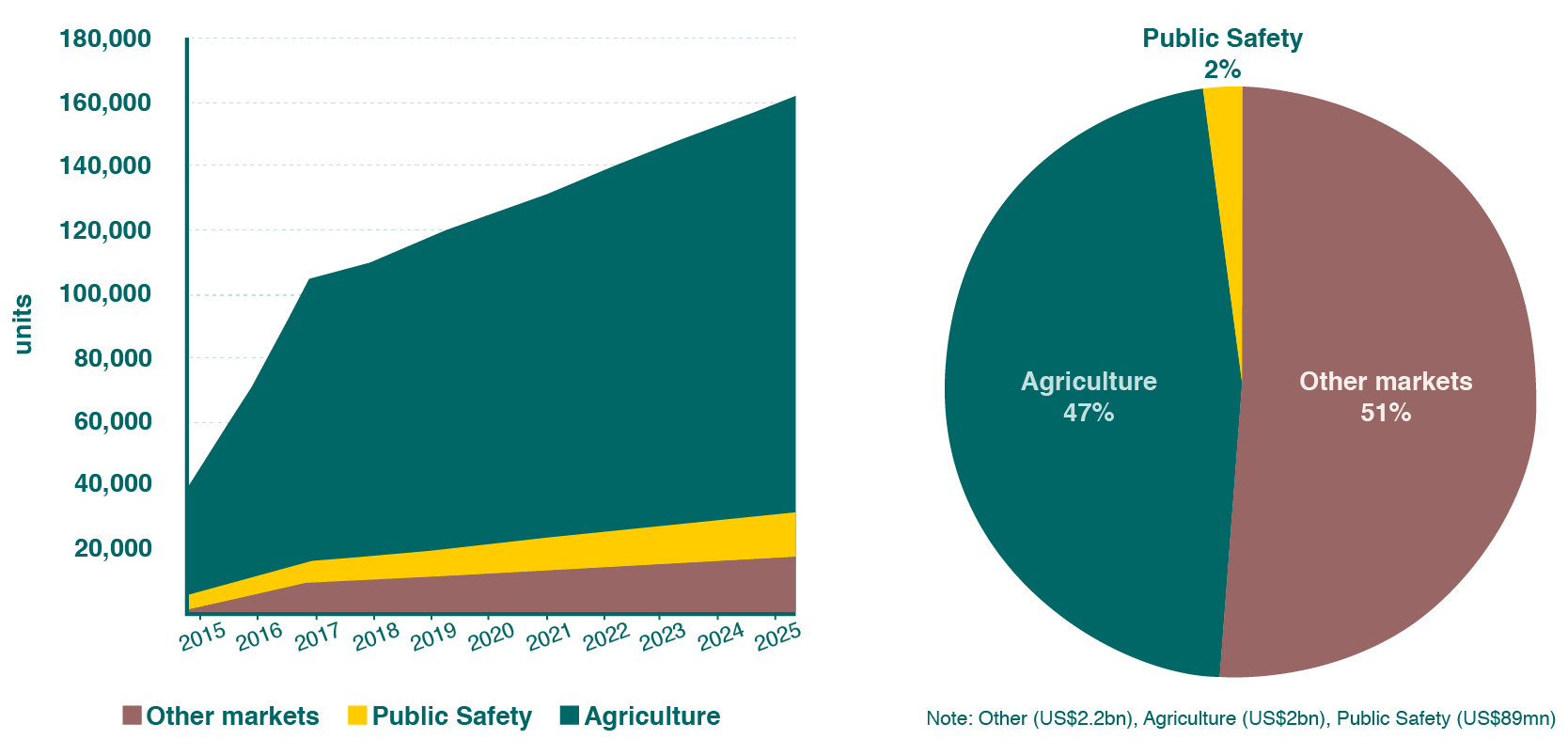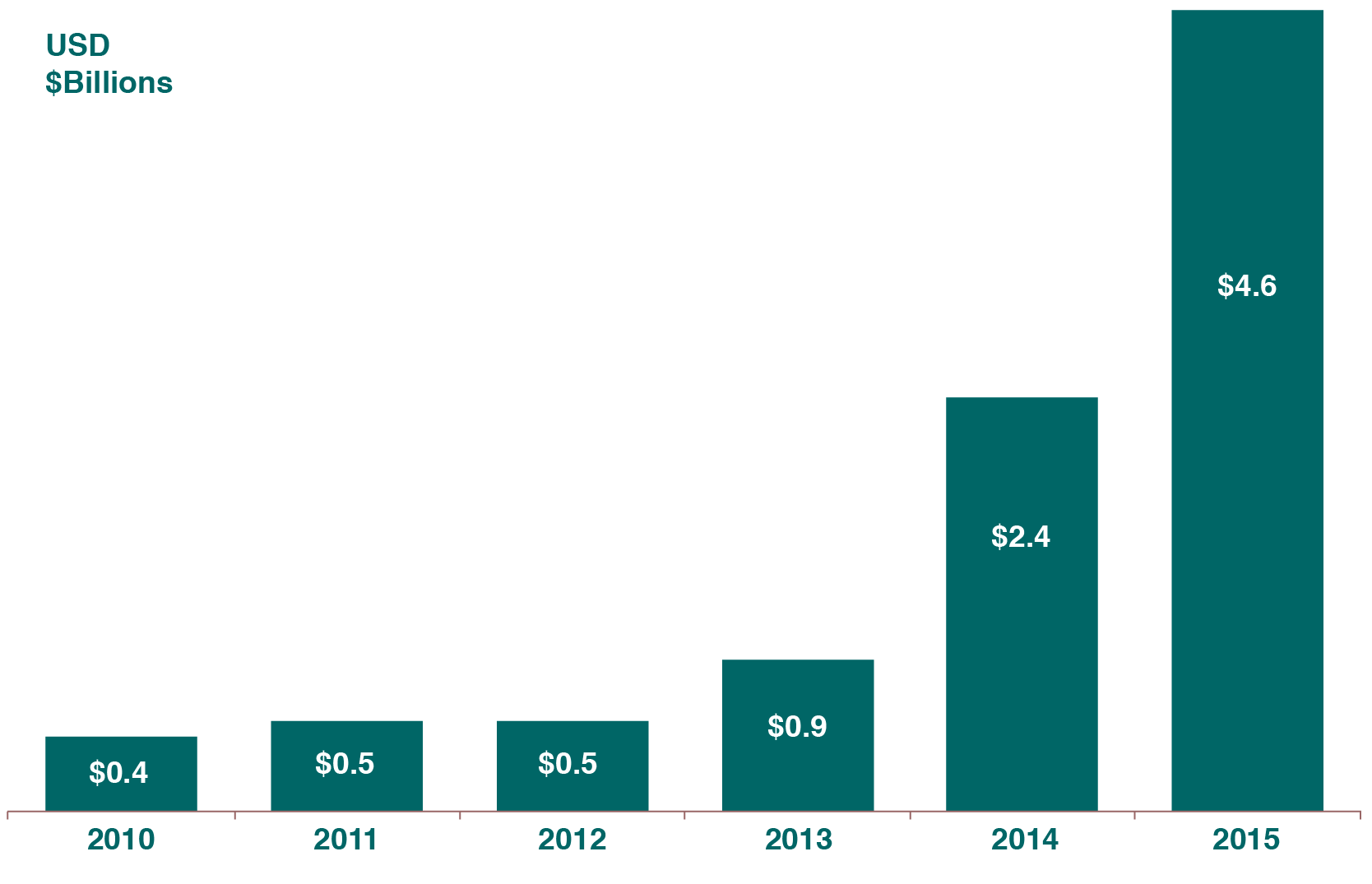Agriculture has always strived to achieve better, more robust yields. Over the centuries, mankind has made significant progress in this field, facing global hunger through new crop varieties, synthetic pesticides for crop protection and synthetic fertilizers to artificially increase yields. Despite the incredible progress humanity has made in the realm of agriculture, there remain stark truths that demand our attention. So what are the main issues we are facing in securing our global food supply and which technologies will enable us to achieve the United Nations Social Development Goal of eradicating hunger by 2030 while managing resources more efficiently and effectively?
After the first Green Revolution saved over one billion people from starvation, three primary changes occurred that have driven us to reshape our global agricultural system. Firstly, while first-generation GMO crops were engineered to repel pests, many have now built up resistance. This resistance, alongside pervasive and unprecedented synthetic agrochemical use, has begun to damage our fields, resulting in widespread crop losses and health impacts. With 40% of crop yields lost each year to pests and diseases, the now conventional system of crop protection simply isn’t working. Secondly, consumers are embracing a more natural, organic and environmentally friendly mind-set around the world and are demanding that a significant volume of crops be grown within this paradigm. The organics market was pegged at $80.4 million in 2014 and will double to $161 billion by 2018. This market trend has led to a larger demand for more technology that enables farmers to grow their crops more efficiently, as the more crops they grow, the more profit they make. Finally, farmers now have the capacity to collect and analyze massive amounts of crop data to develop new, efficient and effective management strategies. With three people added to the global population every second, we will have an extra billion mouths to feed over the next decade. Agriculture must, therefore, develop innovative technologies to increase yields, reduce waste and mitigate the economic, security and environmental risks that accompany a food supply under severe pressure.
.
How drones will drastically transform U.S. agriculture, in one chart
Source: Market Watch
.
How can this be achieved? Precision farming techniques have revolutionized the collection and analysis of crop data to better inform management practices while increasing resource efficiency and reducing waste along the value chain. Conventional agriculture has historically planted, harvested, irrigated and fertilized crops based on regional conditions and historical data alone. Precision farming uses sensors, robots, GPS mapping and data-analytics software to customize the care that plants receive on a daily basis, ensuring that the highest possible yields are achieved alongside a safe and responsible use of resources. Sensors and drones report on individual plants, sending information relating to stem size, leaf shape and even the moisture levels in the soil for analysis in order to determine plant health. Farmers receive the feedback in real time and then deliver water, pesticides or fertilizers in customized and calibrated doses. Optimal times to plant and harvest crops are also deduced from this data, further developing time management, reducing water and synthetic agrochemical use, and ultimately producing healthier crops and higher yields. These benefits all increase bottom lines and conserve resources while reducing environmental degradation. New software, sensors, aerial-based data and other tools for precision farming are being developed on a daily basis, supported by massive agrochemical firms such as Monsanto, John Deere, Bayer, Dow and DuPont as well as the U.S. Department of Agriculture, NASA and the National Oceanic and Atmospheric Administration.
.
Annual AgTech Financing 2010-2015
Source: AgFunder’s AgTech Investing Report: 2015
.
Understanding the major principles for safe, effective and sustainable crop care is essential for developing an evolved agricultural system that focuses on productivity and conserving the environment in the long term.
“While synthetic agrochemicals have proven effective since their mainstream use during the Green Revolution, their secondary effects have now become a significant concern as they are increasingly responsible for the 10 million hectares of arable land that are degraded every single year. This is why Primal Group has adopted a new and innovative approach – relying on the natural world for inspiration. By implementing renewable sources of energy, eco-dams, drip irrigation infrastructure as well as new technologies supplied by PrecisionHawk and Agrivi, our agricultural projects continue to restore ecosystems and protect the environment while bringing forth innovation, prosperity, employment and security in developing regions of the world.”, Anthony J. Archer, Primal Group Chairman and CEO.

